June 25, 2025 - Ross Video Team, Insights & Resources
How Robotic Cameras are Transforming the Modern Newsroom
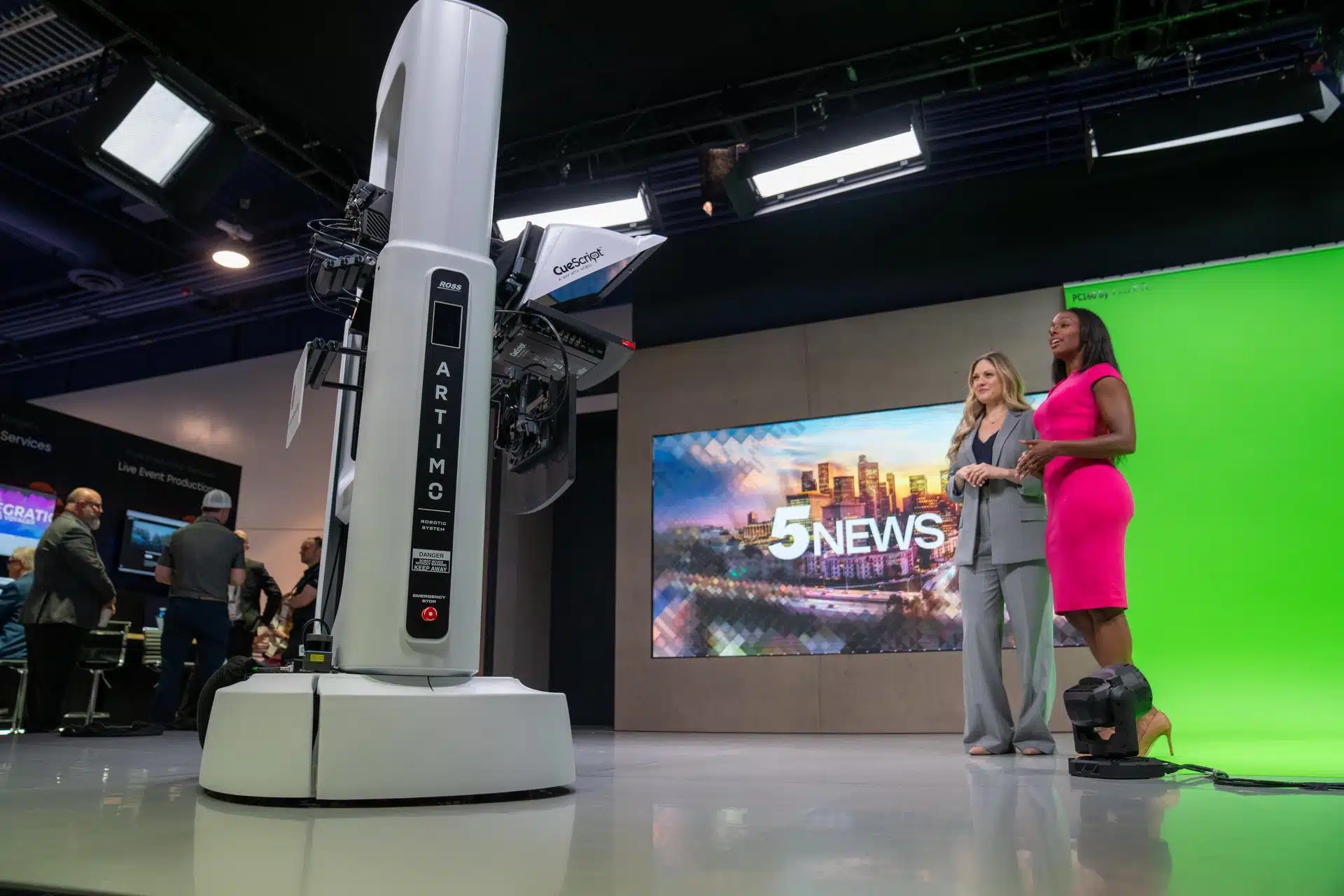

Change is a constant in news broadcasting, and nowhere is that more apparent than inside the newsroom. As audiences’ viewing habits change, they shift how and where they consume content. In response, broadcasters are being asked to deliver faster, sharper, and more interactive content across more platforms than ever before.
In response, today’s newsrooms are adapting on the fly, balancing tight budgets with high production standards, and fighting for attention in a crowded marketplace. Every second counts, and every shot matters.
So, how do you adapt your studio to meet these demands without increasing complexity or cost? And how do you build a production environment that’s agile enough to adjust but strong enough to deliver, day in and day out?
This article explores one of the most impactful answers to those questions: robotic camera systems.
From automating routine tasks to enhancing creative execution, robotics is helping broadcasters rethink how news is made and what’s possible in the studio.
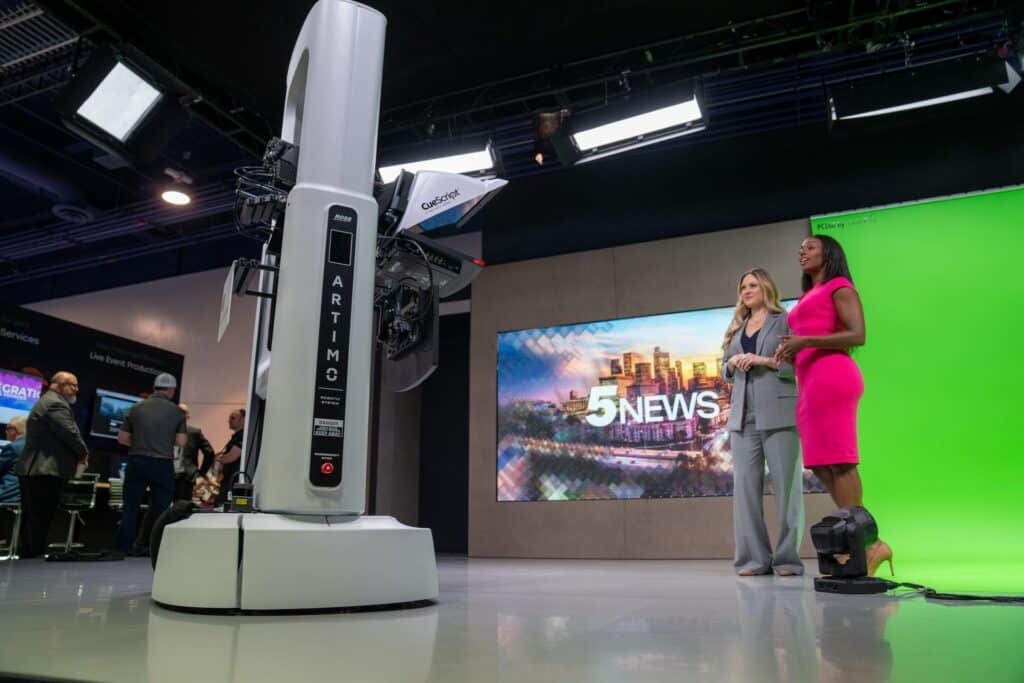
News production changes quickly, driven by technological innovation, diversified competition, and audience demands. The pressure is on newsrooms to adapt—quickly.
Here are three trends that are reshaping the news broadcasting studio, and the people in it.
The media world keeps expanding, but budgets aren’t following suit. Online video subscriptions now top 1.8 billion globally, driven by a seemingly never-ending list of new entrants. New VOD platforms launch constantly, splitting audiences and revenue. Traditional broadcasters are feeling the squeeze.
Every dollar must stretch further. That’s why many are turning to automation to not just cut costs but unlock smarter, more efficient workflows. Robotic camera systems are stepping in to handle routine operations so teams can focus on what matters most—storytelling and production innovation.
Audiences don’t just want the news. They want an experience. Today’s viewers expect dynamic camera angles, creative visuals, and sleek production. And they want that available on the streaming platform of their choosing.
At the same time, studio space is shrinking. Premium real estate comes at a cost, and broadcasters must make the most of every square foot. That means finding tools that deliver more coverage with less clutter.
Robotic cameras integrated into the set design and mounted on ceilings, walls, and rails are helping broadcasters reimagine the studio—not just as a space but as a storytelling tool.
With over 200 streaming platforms and social media creators pumping out content 24/7, standing out isn’t easy. In this saturated environment, quality is everything.
Standing out isn’t just about the content itself, either. It’s how it looks, moves, and feels. To accommodate this need, broadcasters are adopting a stream-first mindset—designing every shot, angle, and camera move to captivate audiences the moment they tune in.
Robotic camera systems aren’t just replacing manual operators—they’re redefining what’s possible in the modern newsroom.
In a high-speed, multi-platform environment, broadcasters need tools that deliver precision, consistency, and creativity, without incurring astronomical production costs. That’s where robotics comes in.
Today’s robotic camera systems go far beyond basic pan and tilt. They integrate deeply with newsroom automation and AI to help broadcasters:
The most powerful advantage? Flexibility. Robotic camera systems scale with your needs, making them an ideal solution for today and suitable for what’s to come in the future.
Add new shots. Reconfigure the set. Integrate graphics. Or flip the whole studio layout on its head. When you do, the system keeps up without the need to purchase or rent additional equipment.
In a world where hybrid production models are becoming the norm, robotics play a crucial role in remote workflows, supporting centralized control across distributed teams.
The result is a smarter, more resilient newsroom. One that’s ready for tomorrow, no matter how fast the headlines move.
“You need to know your investments will provide long-term value—and adapt to changing production demands.” — Robotics in Focus, Ross Video
The shift to robotic camera systems isn’t theoretical. It’s already happening in top-tier newsrooms around the world.
Broadcasters like Sky Germany are proving what’s possible. In a recent studio overhaul, they integrated a combination of cable-based, ceiling-mounted rails, robotic pedestals, and AI-driven tracking systems to support their flagship news and sports coverage.
The result? A fully modernized studio that delivers dynamic, repeatable shots with fewer resources and zero compromises on quality.
The cameras are no longer just tools, they’re part of the storytelling. With automated tracking and programmable movements, operators can deliver precise transitions, studio sweeps, and close-ups that rival high-end sports productions.
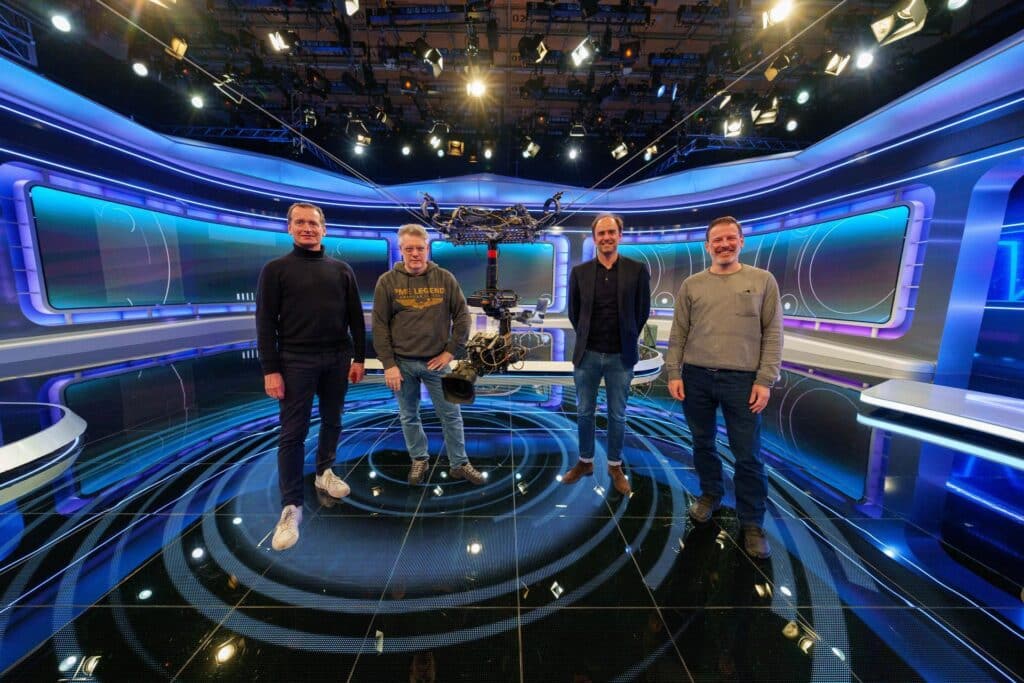
And it’s not just Sky. Across the industry, newsrooms of every size are turning to robotic camera systems to:
Whether it’s a national broadcaster revamping a flagship news set, or a regional station future-proofing its studio, the goals are the same: more creativity, more control, and more confidence with every show.
News production is evolving, and robotic camera systems are leading the charge. They help broadcasters overcome shrinking budgets, rising viewer expectations, and the complexity of multi-platform delivery. By automating the technical and unlocking creative possibilities, robotics lets studios work smarter, move faster, and deliver sharper content.
Whether you’re looking to modernize your space or scale your operation, robotics offers the flexibility and performance today’s newsrooms need.
Want to dig deeper? Download the full Robotics in Focus guide from Ross Video and explore how your studio can lead the next broadcast revolution.
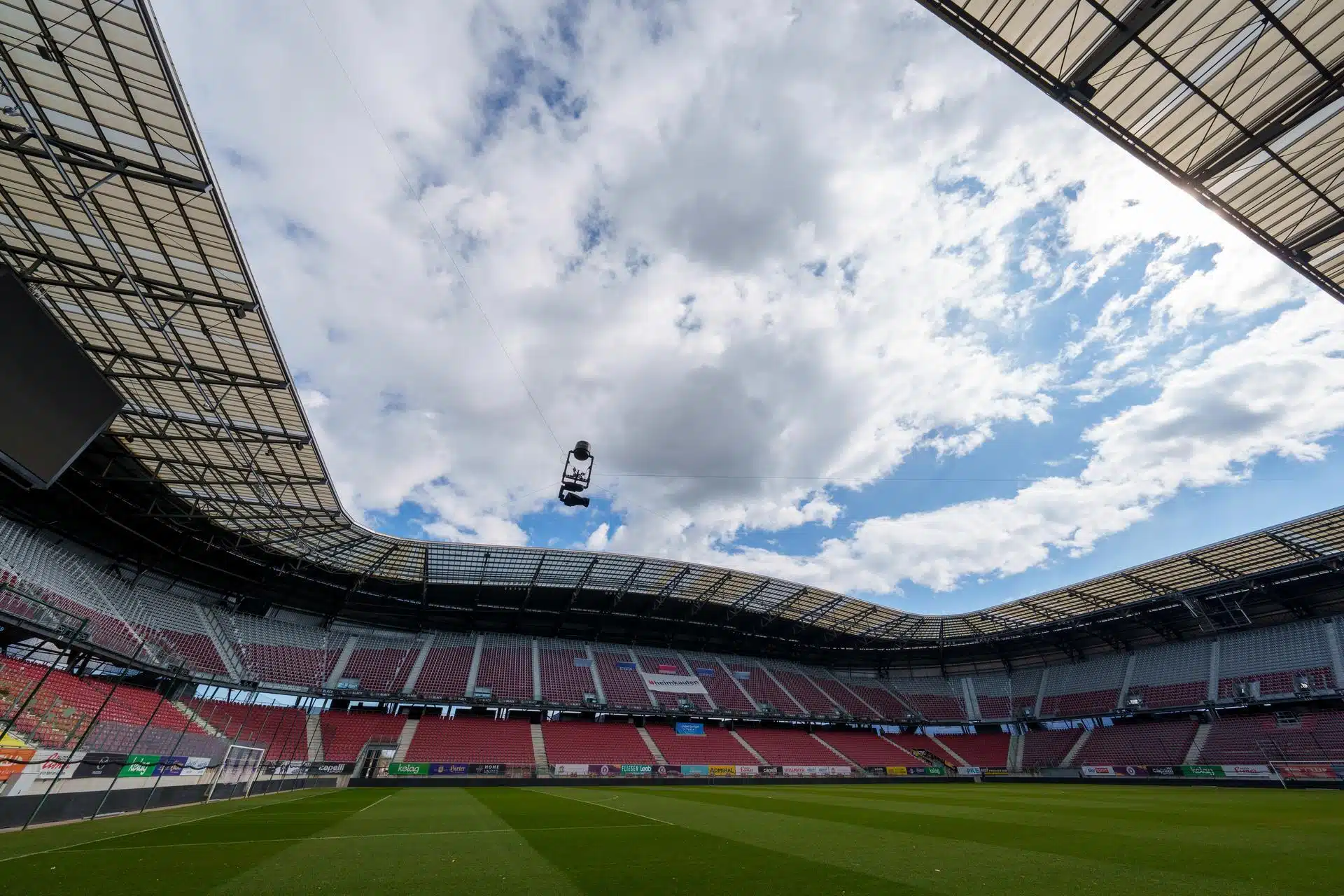
In sports, there are no retakes. No second chances. Just fast-paced action, real-time decisions, and a global audience that expects nothing less than perfection. Modern sports fans …
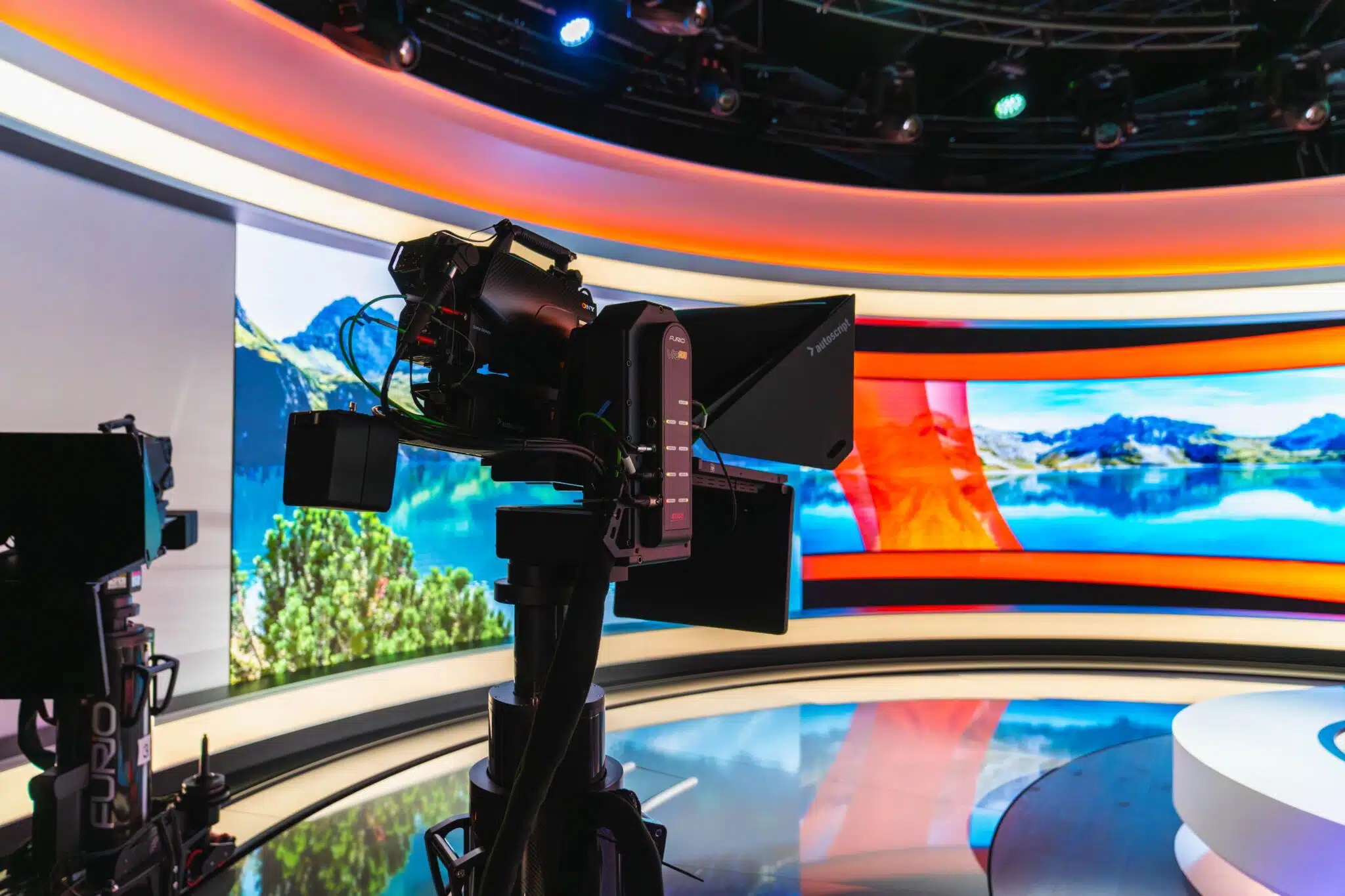
Today’s newsrooms are under more pressure than ever. With audiences shifting across platforms, content demands rising, and studio resources shrinking, broadcasters need a way to deliver more …
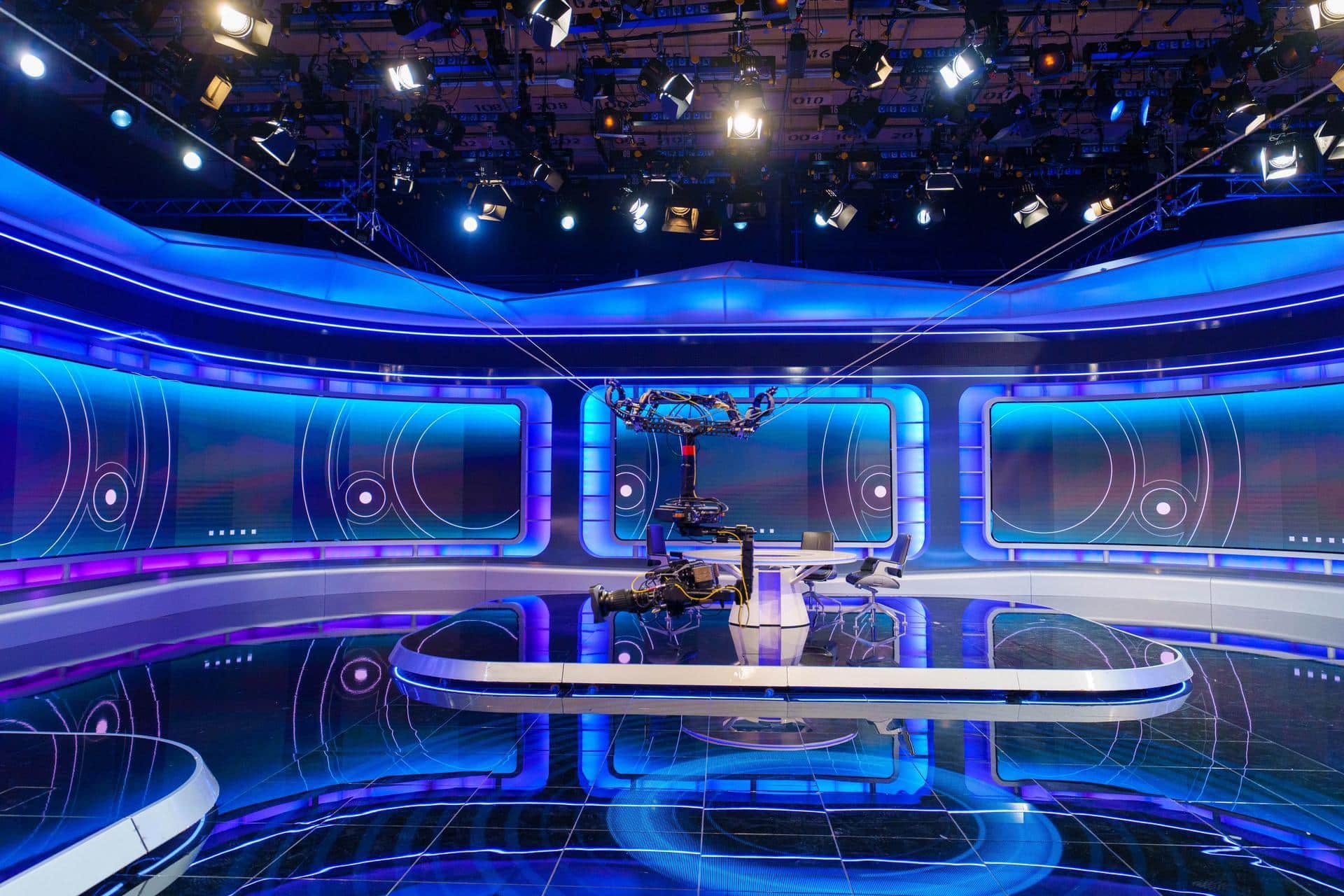
Live sports isn’t just a game. It’s a spectacle. And the higher the stakes, the more expectation is placed on that spectacle. In 2025, fans expect every …